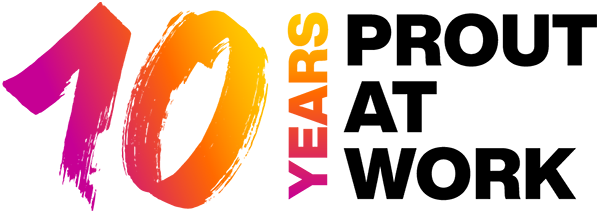Speaker
Speeches
Acceptance not tolerance
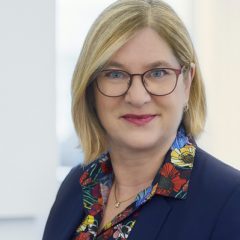
Dr. Sabine Nikolaus,
Country Managing Director Germany,
Boehringer Ingelheim
“We at Boehringer Ingelheim support a culture of inclusion, diversity and appreciation, where people’s differences are valued and respected. We want our people to feel comfortable, so that they can unfold their full innovative power.”
Let’s talk about intersectionality, baby – A personal report
“There is no such thing as single-issue struggle, because we do not live single-issue lives”, says Audres Lorde and is absolutely right. The lines of life are different and varied and no dimension of diversity stands on its own. What does multiple discrimination mean in everyday life and why can privileges and oppression not be offset? A report from a quota refugee.
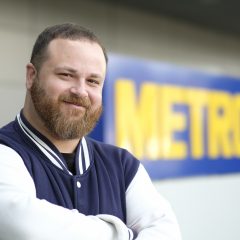
Nikita Baranov,
Executive Assistant to CHRO,
METRO AG
“For me, intersectionality is a description of the reality I live in, a concept that has never been a concept in my life. But it clearly shows me, that forms of discrimination never stand on their own and if we do not see them, we can not solve them.”
for more togetherness during covid-19
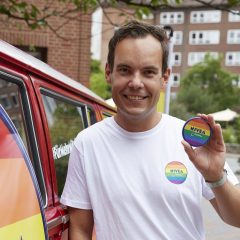
Piotr Specht,
Global Junior Brand Manager,
Beiersdorf AG
“We want to be there for everyone, anytime – especially during this challenging time. This is true externally with our brand NIVEA and also true internally with our network Be You. During Covid-19 being there for everyone has become more difficult, this is why we implemented an online and offline pride week #PRIDEINSIDE in order to show We are here for you, no matter who you are and who you love.”
The DIVA Survey: LGBTQI Women’s Insight 2020
As part of the first ever Lesbian Visibility Week, DIVA Media Group teamed up with Kantar to bring you The DIVA Survey: LGBTQI Women’s Insight 2020. The results of this brand new piece of research capture the diversity of our community, highlight the unique challenges we face as women-loving women and shine a light on an often under-researched group.
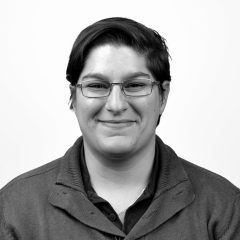
Sophia Papadopoulos,
Business Analyst and Global Head,
Pride@Kantar
“There were many really interesting findings within the research: Firstly, the disparity of visibility in the LGBTQI community. Secondly, the differences across age in terms of the language we use and the age at which people come out and thirdly, the experiences of LGBTQI parents and their children.”
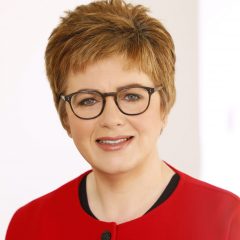
Margot Slattery,
Global Chief Diversity & Inclusion Officer,
Sodexo Group
“The different diversity dimensions of Diversity and Inclusion at Sodexo mean so much to all of us at the company, they represent our heart and the people who are the core of our organisation and all of our different traits, background and abilities. They help us to understand who we are and what we need to do ongoing to be sure people feel they are included and belong.”
Panel: Intersectionality
Moderation: Yara HOffmann
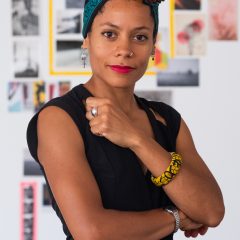
Emilia Roig,
Founder & Executive Director
of the Center for Intersectional Justice (CIJ)
“Intersectionality is not an option, it is the only solution to overcome oppression and eradicate social inequality. Intersectionality is easy to implement: it means fighting discrimination within discrimination, making inequalities within inequalities visible, and empowering minorities within minorities”.
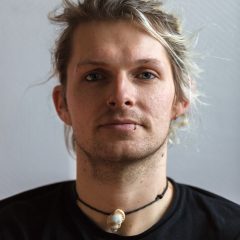
Blu Doppe,
Education consultant, anti-discrimination and diversity trainer and trainer for the theatre of the oppressed
“To incorporate intersectional and queer_feminist perspectives into my work means for me: I am always learning new things and I am constantly changing and questioning my perspectives.”
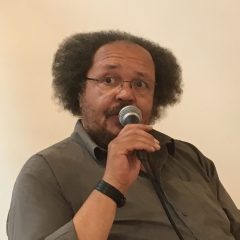
Tsepo Bollwinkel,
Trainer and Activist
“I fight for the perception and centering of human rights, needs and demands of people pushed to the fringes by our society. In my professional, I focus on, racism, sexism, classicism, heteronormativity, bisexuality and north/south hierarchies in inequality and injustice Marginalized. The intersectional view of the entanglement of inequalities both in biographies and in social structures is particularly important to me.”
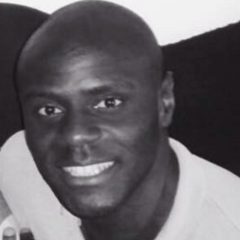
Louis Tongbong-Thomson,
Senior Associate Diversity & Inclusion,
PwC Deutschland GmbH WPG
“With D&I, it ultimately depends on inclusion – acceptance and the respectful and successful coexistence of the various components of a given group of people or organization. Reaching this goal is not a sure-fire success, so people should deal with the peculiarities of these different groups of people, get to know them, understand and act accordingly. Otherwise there is a risk of splitting what should unite us, which would endanger us in the long term.”
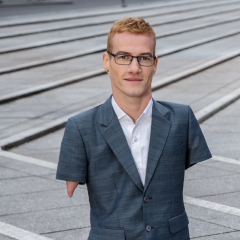
Janis McDavid
“I want to live in a world, in which features that distinguish us do not lead to discrimination. In other words, in which it does not matter how we look, where we come from and what prerequisites we have. Here, I see the concepts of intersectionality and personal responsibility as central to standing up for this vision.”
Panel: inclusive language
Moderation: Yara HOffmann
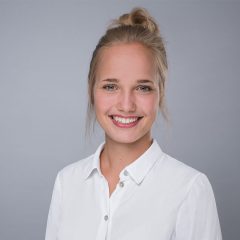
Emily Scholle,
Diversity & Inclusion Program Managerin,
IBM
“Together with a project group of dedicated volunteers I worked on a guide for inclusive language. In this way, we are covering many perspectives and involving the employees to whom we are giving these recommendations from the very beginning. The current focus of the guide is on the topic of gender-sensitive language, further aspects such as racism and disability will follow step by step.”
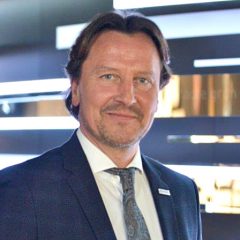
Olaf Guttzeit,
Head of CoE Life Balance & Disability,
Boehringer Ingelheim
“Language changes culture and culture affects language. In my case, the use of inclusive language has raised my awareness on how I communicate. I do make a more conscious effort in order to avoiding the exclusion by my communication. This also includes the topic of barrier free communication, for example for people with (dis)abilities.”

Hatice Akyün,
Journalist
“There is a turkish saying: “The tongue is sharper than a sword.” I am very aware of this, when I write my texts and columns. What effect do my words have on my counterpart? Am I at eye level? What is my intention? I ask myself these questions as a journalist.”

Linda Gondorf,
Head of Content OTTO Corporate Communication OTTOCOMS, Co-Founder & Co-Project Manager of the OTTO-Team “Gendergerechte Sprache”
“In society and in some companies we are on the right track to a fair language that includes everyone. At OTTO, we are pushing the issue of gender language forward, because for us it is not just a * or a fashionable. Gender-appropriate language includes everyone and doesn’t exclude anyone.”
Panel: queer representation in the media
Moderation: Tobias Reckmann
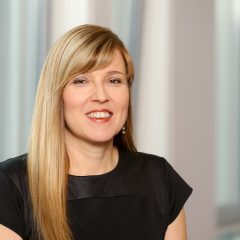
Christine Epler,
Head of HR-Strategy, Innovation & Diversity,
Deutsche Bahn AG
“For me, it is elementary to anchor diversity both top-down and bottom-up and to pursue a strategic and cultural approach. That is why diversity is also part of the approach of our HR director and is taken into account in all measures and decisions – eg. succession planning and talent management. It is also important to me, that our employees can actively contribute and receive support – this happens as part of DB’s internal diversity initiatives, but also through cooperation with external networks.”
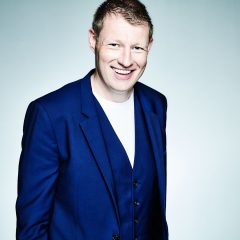
Matthias Wesselmann,
Vorstand,
fischerAppelt AG
“Stereotypes simplify marketing. Good, non-discriminatory marketing is much more demanding. You always have to work a little harder and think more intensively.”
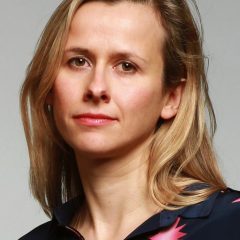
Felicia Mutterer,
Co-Founder & Managing Director,
Achtung! Broadcast GmbH
“Stereotypes are antagonists of diversity, but (unfortunately) human. We can all catch ourselves pigeonholing people according to our own rules – it’s just so beautifully simple. What helps: Reflection – break the stereotype – we have to rethink our own patterns.”
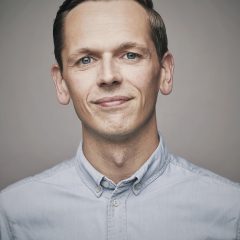
Ingo Bertram,
Pressesprecher & Co-Founder MORE*,
OTTO GmbH & Co KG
“Those who use clichés over the long term, contribute to the solidification of social prejudices. And yet we shouldn’t always take everything so seriously – and sometimes be able to laugh at ourselves. Stereotypes and diversity do not have to be mutually exclusive. It is more a question of dosage and packaging.”
Panel: breaking the glass ceiling
Moderatorin: Dr. Eva Voss

Eva Kreienkamp,
Vorstandsvorsitzende der Berliner Verkehrsbetriebe (BVG)
“Grundlage für mein Handeln ist den eigenen Weg zu finden, als Mathematikerin, CEO, Mobilitätsexpertin und Genderaktivistin. Und diesen Weg finde ich, weil ich Wegbegleiter*innen hatte und habe, die mich dabei ermutigen und unterstützen.”
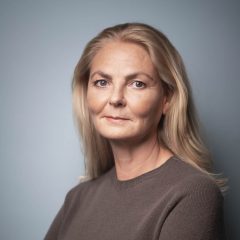
Ana-Christina Grohnert,
Vorstandsvorsitzende des Charta der Vielfalt e. V.
„Hinterfragt und brecht gesellschaftliche Rollenbilder und Denkmuster. Seid unbequem. Überzeugt Allies. Nur so können wir die gläserne Decke durchbrechen und Chancengleichheit erreichen.“

Angela Matthes,
CEO,
Baloise Life (Liechtenstein) AG
“To break the glass ceiling long-term and sustainably, we all need to work on our conscious and unconscious biases.”
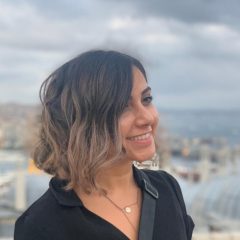
Mena Mokammel,
Assistant Manager,
KPMG
“Bleib wie du bist! Wir Frauen müssen uns nicht verstellen oder besonders maskulin sein, um Erfolg zu haben. Wir können unsere Stärken zu unserem Vorteil nutzen und mit emphatischem Führungsstil Teams leiten und diese zu Glanzleistungen bringen.”
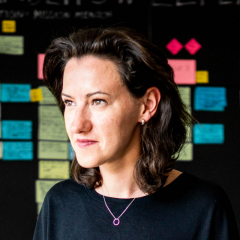
Claudia Feiner,
Project Manager Esports Community,
Porsche AG
“Sich für Diversity einzusetzen war schon immer People Business. Ich stelle immer wieder fest, dass es zuerst um Verbindung und den Menschen im eigentlichen Sinne geht und es erst die persönliche Ebene benötigt, bevor es um Arbeitsthemen gehen kann. Ich sehe wie Projekte in der Praxis ins Stocken geraten, weil dieser Punkt nicht genügend beachtet wird. Kluge Digitalisierung kann uns hlefen, für unsere Anliegen jeweils Verbündete zu finden, Netzwerke aufzubauen und zu pflegen. Uns verbindet mehr als uns trennt.”
talk: LGBT*IQ and racism
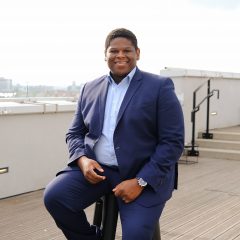
Lorenz Narku Laing,
CEO,
Vielfaltsprojekte
“It is perfectly clear that measures in the fight against discrimination always benefit those affected by different realities. The fight against heterosexism cannot be thought without also fighting against racism. Furthermore, it is important that both, in the racism-affected communities and in the LGBTQI * community consciously think about blind spots.”
Breakout Sessions
The power of collaboration
Employee networks play an important role in inclusion. While each network has its own specific goals and interests in mind, the networks can achieve even more impact in the company through further networking and selective cooperation, when it comes to diversity and inclusion. Interactively, we investigate the advantages of networking networks, how this networking can succeed and which best practices exist.
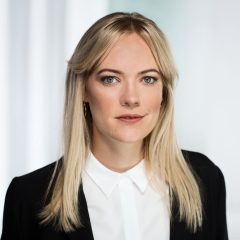
Patricia Heufers,
D&I Managerin,
EY
“All diversity dimensions have to be thought together, because only then we can achieve real inclusion. Through the cooperation of LGBT+ networks and women’s networks, the D&I agenda can be pushed forward together, for example.”
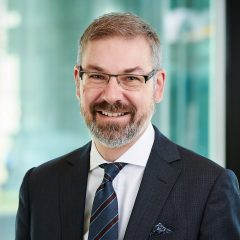
Bernd Krajnik,
Leader Strategic Initiatives,
EY Strategy and Transactions EMEIA
“Women as well as LGBTI need others to put their ambitions into action and to bring diversity & inclusion forward. It is perfectly obvious that we have to support each other as allies, also because a part of the LGBTI Community are women.”
the Dimensions of diversity and stereotypes in diversity communication
Communication on diversity, especially imagery, often solidifies stereotypes that we actually want to break down. The disabled person is shown in a wheelchair, people with an international background by people of color. There are also classic stereotypes for queer people. How can we communicate about diversity in a sensitive and inclusive manner without resorting to the visible (and often wrong) dimensions? How do you achieve good diversity communication that appeals to everyone?
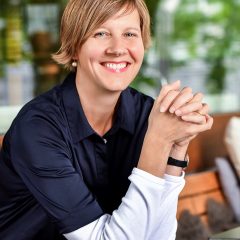
Antonia Wadé,
Diversity Management,
AUDI AG
“The diversity dimensions are both cure and necessity at the same time. We need them for a KPI-driven diversity management. At the same time, we must not make the mistake of reducing the desired “mindset diversity” to measurable and comprehensible dimensions. Because what the dimensions do not show is inclusion.”
Innovation is driven by Diversity – how can we drive Inclusion?
Diversity is the Mix. Inclusion is making the Mix work. But how can we create a culture of inclusion?
In our workshop, we would like to exchange best practises with the participants and generate new ideas. How can Diversity Networks/Employee Ressource Groups work together? How do we bring the dimensions together? How do we manage to see employees as individuals with all their facets? What can individuals contribute?
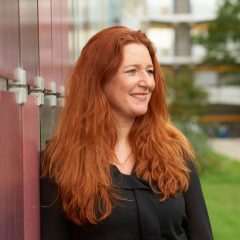
Denise Hottmann,
Head of Diversity & Inclusion Germany,
Boehringer Ingelheim
“Ultimately, it is important that we see and value our employees as individuals. In all their facets, not just in one. Therefore, we at Boehringer Ingelheim focus on a culture of inclusion that let people be themselves.”
